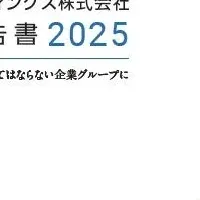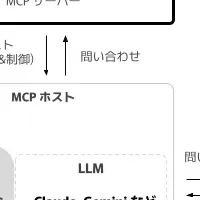
The Projected Growth of the Visual AI Market: A Deep Dive into Innovations and Applications
The Projected Growth of the Visual AI Market: A Deep Dive into Innovations and Applications
The Visual Artificial Intelligence (AI) market is undergoing significant transformation, evolving from limited pilot projects to a mainstream industry standard across various sectors. According to recent forecasts, the market's value is projected to skyrocket from USD 13,110 million in 2024 to an impressive USD 26,140 million by 2031, reflecting a substantial compound annual growth rate (CAGR) of 10.5%.
Key Growth Drivers
Several factors are propelling the growth of the Visual AI market. Lower hardware costs, advancements in Software as a Service (SaaS) models, and measurable returns on investment (ROI) are crucial elements contributing to this trend. The broad range of applications, including security surveillance, retail analytics, industrial inspections, and healthcare imaging, creates a strong and diverse revenue base that mitigates risk associated with economic downturns in any particular industry.
In this dynamic landscape, competition is multifaceted, with large cloud computing providers, specialized algorithm developers, and traditional camera manufacturers repositioning to become key players. Mergers and acquisitions are commonplace as companies seek to consolidate proprietary datasets and channel access. The accessibility of open-source technology is further encouraging new entrants to innovate within this burgeoning field.
Emerging Trends Shaping the Future
Noteworthy trends are influencing the growth trajectory of the Visual AI market. The integration of purpose-built vision processors, ultra-high-resolution sensors, and edge inference technologies marks a pivotal shift. Camera technology has evolved, allowing the embedding of neural accelerators capable of performing real-time classifications and tracking directly on-device, effectively reducing latency and bandwidth constraints often associated with cloud processing.
As businesses in sectors like retail, manufacturing, and healthcare implement extensive networks of intelligent cameras, they bypass the need for overhauling existing network infrastructure. Furthermore, standardized hardware implementation lowers the barriers to entry, enabling quicker scaling of pilot projects.
The Role of Software in Monetization
The capabilities of cloud-agnostic development frameworks, low-code training platforms, and subscription-based analytics dashboards enable organizations to convert raw visual data into actionable business insights. Vendors now offer pre-trained models specific to various verticals which allow companies to implement solutions without necessitating substantial in-house data science expertise. This shift from capital expenditure (capex) to operational expenditure (opex) addresses budgeting challenges, reinforcing the appeal of visual AI technologies.
Urban management is also leveraging Visual AI to enhance public service and safety, exemplified through AI-driven traffic cameras that manage signal timing to reduce congestion, as well as smart waste management systems that optimize collection based on real-time fill levels. Additionally, police departments are utilizing video analytics for improved crowd monitoring, showcasing how AI can positively impact community safety initiatives.
Transforming Data into Assets
Organizations generate immense amounts of visual content from production facilities to retail environments. However, much of this content remains underutilized. With the capabilities of Visual AI, companies can transform these data lakes into actionable assets by identifying anomalies, measuring foot traffic, and providing real-time quality assessments. The accumulative effect of training data enhances model accuracy and encourages further adoption across multiple sites and applications.
Labor and Compliance Challenges
Faced with rising labor costs and shortages of skilled workers, many firms are turning to Visual AI to automate repetitive tasks such as inspections and surveillance functions. This technology provides consistent performance, reducing instances of human error and associated costs, ultimately driving quick returns on these investments.
Moreover, as regulations around workplace safety and environmental compliance tighten, businesses are increasingly integrating Visual AI to maintain oversight. The capability to monitor personal protective equipment (PPE) usage or environmental emissions generates critical evidence necessary for audits, thereby ensuring ongoing compliance and facilitating market demand.
Competitive Advantage through Speed
Finally, companies are recognizing that competitive advantage increasingly hinges on real-time responsiveness. Visual AI solutions enable immediate insights, facilitating preemptive action in various scenarios, from logistics to retail. Enhanced decision-making capabilities catalyze improved performance indicators, further accelerating allocation towards vision analytics technologies.
Conclusion
The Visual AI market is not only expanding but also diversifying rapidly, influenced by technological innovations and an expanding array of applications. With major players like Cognex and SenseTime at the forefront, the landscape promises continued growth, driven by both the private sector and public service utilization. As this market matures, it will redefine operational norms across industries, optimizing processes and enriching user experiences.
Topics Business Technology)










【About Using Articles】
You can freely use the title and article content by linking to the page where the article is posted.
※ Images cannot be used.
【About Links】
Links are free to use.